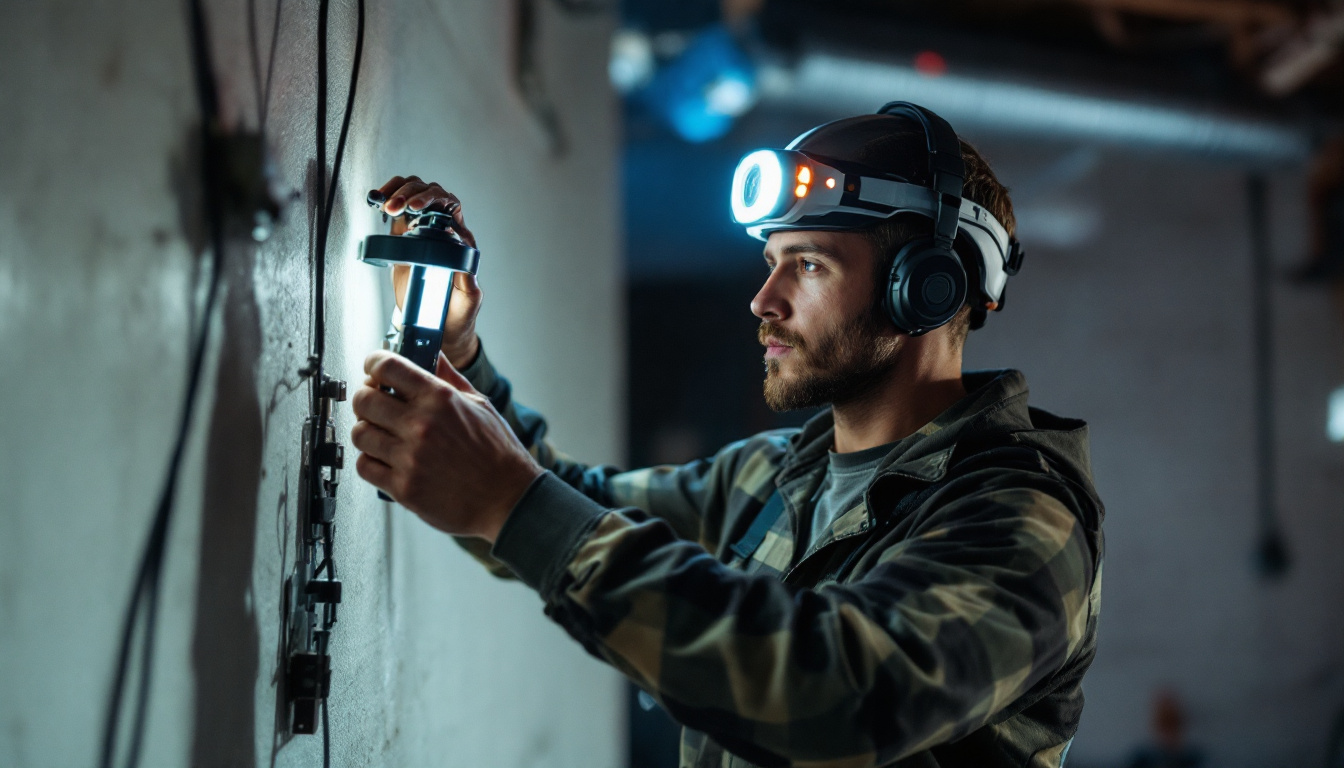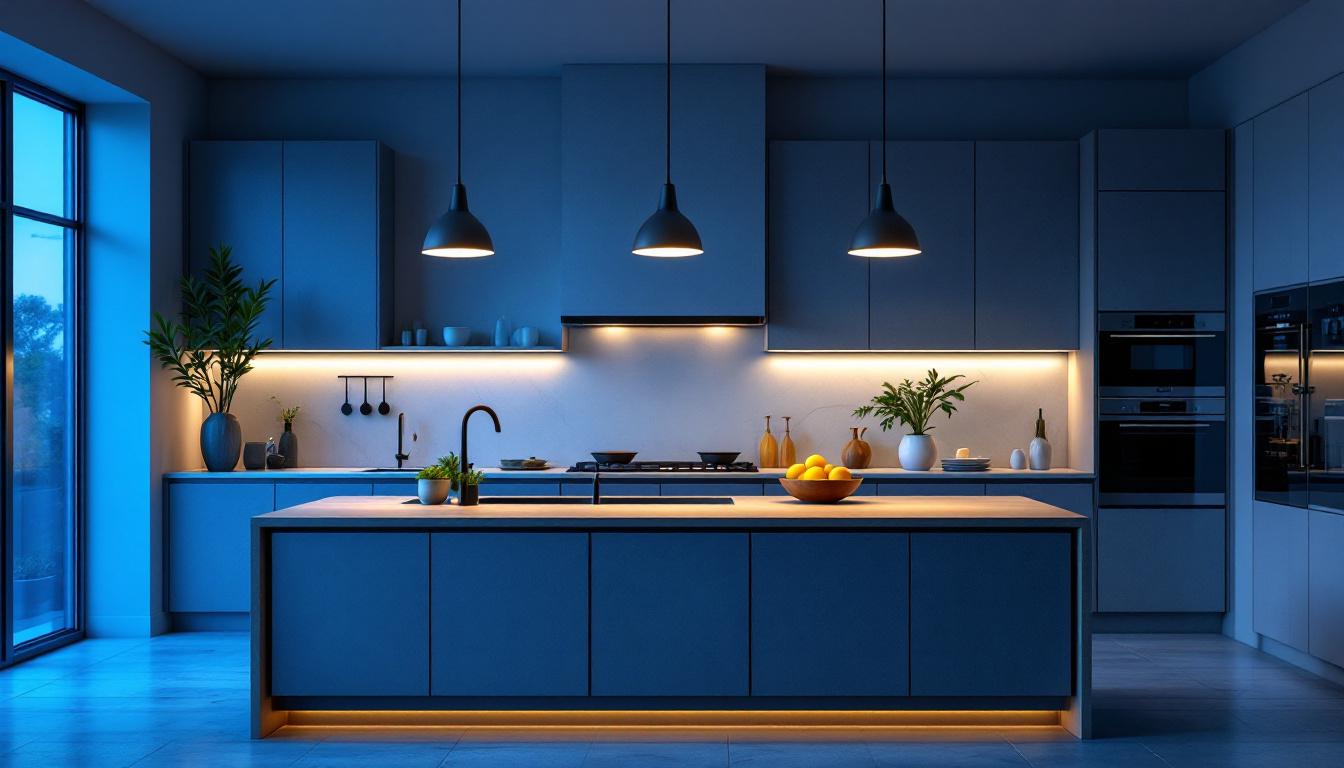
Before selecting or installing an indoor chandelier, the first step is a thorough understanding of the space and client requirements. Lighting professionals must assess the room’s dimensions, ceiling height, and architectural style. A chandelier that overwhelms a small room or hangs too low in a space with low ceilings can disrupt the entire ambiance. Additionally, the existing color palette and furnishings play a critical role in the selection process. For instance, a chandelier with warm tones can enhance a cozy, inviting atmosphere, while a sleek, metallic fixture might add a contemporary edge to a more modern space.
Clients often have specific functional and aesthetic expectations. Some want a statement piece that doubles as art, while others prioritize practical illumination. Clarifying these expectations early on prevents costly revisions and ensures satisfaction. It’s also essential to consider the room’s purpose—dining rooms, foyers, and living areas all have different lighting needs. For example, a dining room chandelier should provide sufficient light for meals and gatherings, while a foyer fixture might focus on creating an inviting first impression. Understanding these nuances helps in crafting a tailored lighting solution that resonates with the client’s vision.
Accurate measurements are non-negotiable. Lighting professionals should measure the room’s length, width, and ceiling height. This data informs the chandelier’s ideal size and hanging height. A common rule of thumb is that the diameter of the chandelier in inches should roughly equal the sum of the room’s length and width in feet. For example, a 12-foot by 14-foot room would accommodate a chandelier about 26 inches in diameter. Furthermore, it’s also beneficial to consider the layout of the room; furniture placement and architectural features like beams or moldings can influence how a chandelier is perceived within the space.
Ceiling height dictates how low the chandelier can hang without interfering with movement or sightlines. In rooms with standard 8-foot ceilings, the bottom of the chandelier should hang at least 7 feet above the floor. Higher ceilings allow for larger or more elaborate fixtures. In spaces with vaulted ceilings, a cascading chandelier can create a dramatic focal point, drawing the eye upward and enhancing the sense of volume. Additionally, incorporating adjustable hanging systems can provide flexibility, allowing the client to modify the height based on seasonal decor or changing preferences.
Discussing style preferences early helps narrow down options. Whether the client favors modern minimalism, classic elegance, or rustic charm, the chandelier should complement the overall interior design. Some clients may want dimmable lighting for ambiance control, while others require bright, consistent illumination. It’s also crucial to explore the emotional response that different lighting styles evoke; a warm, glowing chandelier can create a sense of comfort and relaxation, while a bright, contemporary fixture might energize and invigorate a space.
Lighting professionals should also inquire about the type of bulbs preferred—LEDs, incandescent, or halogen—as this affects energy efficiency, heat output, and maintenance. Understanding these preferences ensures the final installation aligns with client expectations and lifestyle. Moreover, discussing the longevity and environmental impact of various bulb types can lead to more informed choices that resonate with clients who are environmentally conscious. By taking the time to delve into these details, lighting professionals can foster a collaborative relationship with clients, ensuring that every aspect of the chandelier selection process is a reflection of their unique style and functional needs.
Installing a chandelier involves more than hanging a fixture. It requires precise planning regarding electrical capacity, mounting hardware, and safety compliance. Lighting professionals must evaluate the existing wiring and ceiling support to ensure they can accommodate the weight and electrical load of the chandelier.
Many older homes or buildings may have outdated wiring that cannot safely support modern chandeliers, especially those with multiple bulbs or integrated LED arrays. A thorough inspection of the electrical panel and circuit capacity is essential. Upgrading circuits or adding dedicated lines might be necessary to prevent overloads.
It’s also important to verify the presence of a suitable junction box rated to support the chandelier’s weight. Using an undersized or improperly secured box can lead to dangerous situations, including fixture detachment or electrical hazards.
Chandeliers vary widely in weight-from lightweight designs under 10 pounds to grand fixtures exceeding 100 pounds. The ceiling structure must be capable of supporting the load. Lighting professionals should consult building codes and manufacturer specifications to select appropriate mounting hardware.
In some cases, reinforcement may be required, such as installing a brace between ceiling joists. This extra step ensures safety and longevity of the installation. Proper anchoring also prevents vibrations or swaying that could damage the fixture or ceiling over time.
Determining the correct hanging height is crucial for both aesthetics and safety. In dining rooms, chandeliers typically hang 30 to 36 inches above the table surface, providing focused lighting without obstructing views. In entryways or open spaces, the bottom of the chandelier should be at least 7 feet above the floor to allow comfortable passage.
Adjustable chains or rods are valuable for fine-tuning height during installation. Lighting professionals should also consider the presence of ceiling fans, vents, or other fixtures that might interfere with the chandelier’s placement.
The materials and finishes of a chandelier impact both its durability and visual appeal. Lighting professionals must balance client preferences with practical considerations such as maintenance and environmental conditions.
Crystal chandeliers remain popular for their brilliance and classic elegance. However, they require regular cleaning to maintain sparkle and can be fragile. Metal fixtures, such as brass, bronze, or wrought iron, offer durability and a range of styles from traditional to industrial.
Glass and acrylic components provide versatility and lighter weight options. For spaces with high humidity, such as bathrooms or kitchens, corrosion-resistant materials like stainless steel or powder-coated finishes are advisable.
Finishes contribute significantly to the chandelier’s style. Polished chrome and nickel offer sleek, modern looks, while antique brass or bronze create warmth and character. Lighting professionals should advise clients on the maintenance requirements of each finish. For example, polished finishes may show fingerprints and smudges more readily.
Durability is another factor. Matte or textured finishes tend to hide wear better over time. Professionals should also consider environmental exposure-fixtures in sunny rooms may fade or discolor if finishes are not UV resistant.
Energy consumption is a growing concern for many clients. Lighting professionals have a responsibility to recommend solutions that balance beauty with efficiency and sustainability.
LED bulbs have revolutionized indoor lighting. They consume a fraction of the energy of incandescent bulbs and last significantly longer. For chandeliers with multiple bulbs, this translates into substantial savings on electricity bills and reduced maintenance.
LEDs also generate less heat, which is beneficial for fixtures with delicate materials or in rooms where temperature control is important. Many LED bulbs now offer dimmable options and a wide range of color temperatures, allowing customization of ambiance.
Choosing the right color temperature affects the mood and functionality of the space. Warm white (2700K to 3000K) creates a cozy, inviting atmosphere ideal for dining and living areas. Cooler temperatures (3500K to 4100K) offer brighter, more neutral light suited for kitchens or workspaces.
Lighting professionals should guide clients on selecting bulbs that complement the chandelier’s design and the room’s purpose. High color rendering index (CRI) bulbs are preferable for accurate color representation, enhancing the visual appeal of furnishings and décor.
Chandeliers are often investment pieces. Ensuring their longevity requires planning for ongoing maintenance and ease of bulb replacement.
Lighting professionals should consider how easily the chandelier can be accessed for cleaning. Intricate designs with many small components may require professional cleaning services. Advising clients on the expected maintenance helps set realistic expectations.
Fixtures installed in hard-to-reach areas, such as high ceilings or stairwells, may necessitate specialized equipment for servicing. Selecting chandeliers with modular or removable parts can simplify cleaning and repairs.
Using standard bulb sizes and types facilitates easy replacement. Lighting professionals should confirm that replacement bulbs are readily available and compatible with dimmers or smart lighting systems if installed.
Encouraging clients to keep spare bulbs on hand can prevent downtime and maintain consistent lighting quality. For LED fixtures with integrated bulbs, professionals should discuss warranty coverage and expected lifespan.
Adhering to safety codes and industry standards is non-negotiable. Lighting professionals must ensure all installations comply with local electrical codes and manufacturer guidelines.
Chandeliers should carry certifications from recognized testing laboratories, such as UL (Underwriters Laboratories) or ETL (Electrical Testing Laboratories). These certifications confirm that the fixture meets safety and performance standards.
Professionals should verify that the product’s specifications align with the installation environment, especially in damp or outdoor-adjacent indoor areas.
Proper grounding protects against electrical shocks and fire hazards. Lighting professionals must ensure all wiring connections are secure and insulated. Using wire nuts, grounding screws, and electrical tape as specified is essential.
Testing the circuit after installation with appropriate tools confirms safe operation. Documenting the installation details and providing clients with maintenance and safety information adds value and professionalism.
Successful chandelier installations blend technical expertise with aesthetic sensibility. Staying informed about the latest trends, materials, and technologies enhances service quality.
Consulting with interior designers, architects, and clients throughout the process fosters collaboration and ensures the final result exceeds expectations. Investing time in planning, communication, and quality workmanship pays dividends in client satisfaction and reputation.
Ready to elevate your lighting projects with the finest chandeliers and fixtures? At LumenWholesale, we offer lighting professionals like you the perfect combination of quality, value, and convenience. Our extensive collection of spec-grade lighting products is available at unbeatable wholesale prices, ensuring you don’t just meet but exceed your clients’ expectations. Say goodbye to inflated markups and hello to hassle-free bulk buying with free shipping. Don’t compromise on excellence—choose LumenWholesale for Wholesale Lighting at the Best Value and make every installation a shining success.

Discover how Light Head Light Head technology revolutionizes lighting installation projects by enhancing efficiency, precision, and design flexibility.

Discover essential tips and best practices for lighting contractors working with linear LED lights.

Explore how plastic junction box covers play a crucial role in enhancing energy efficiency in modern buildings.

Discover how kitchen island lighting is transforming modern interiors, becoming a pivotal trend in the lighting industry.